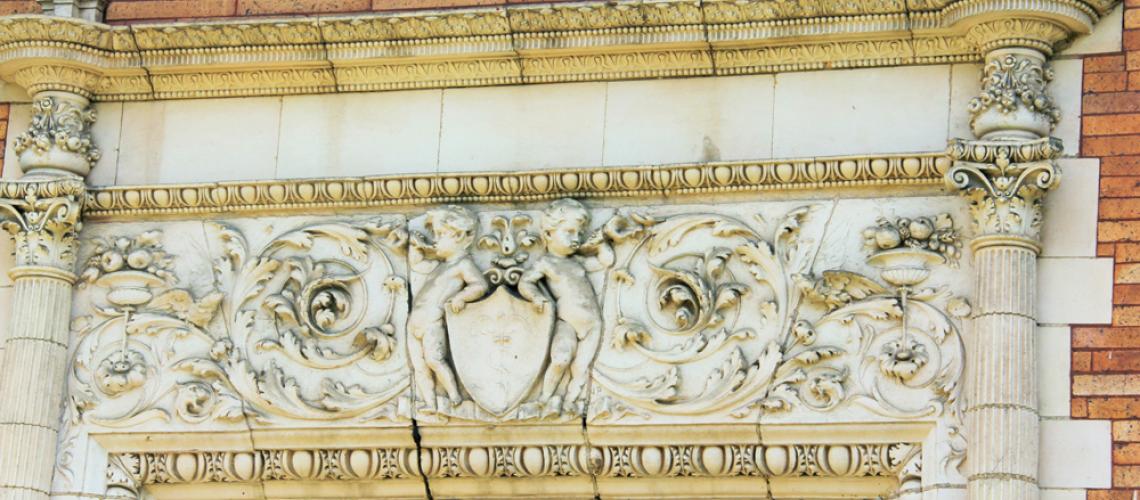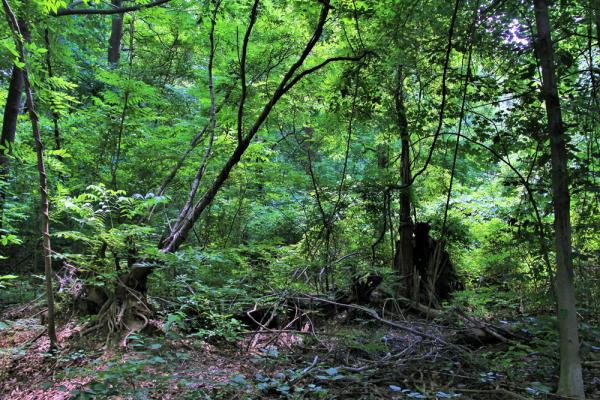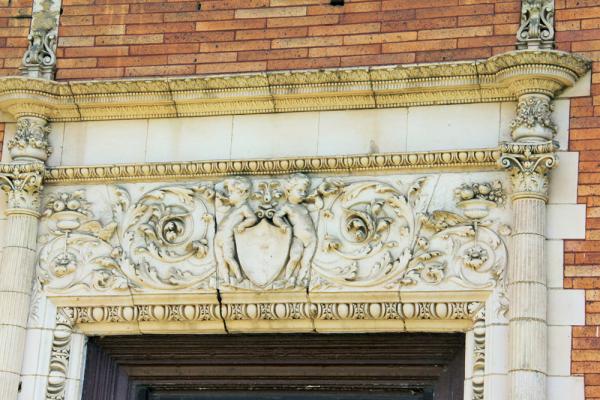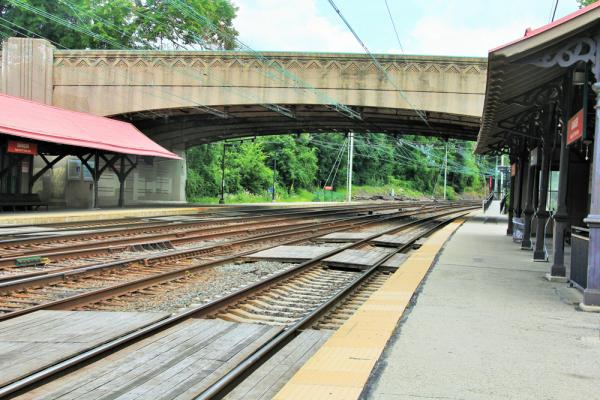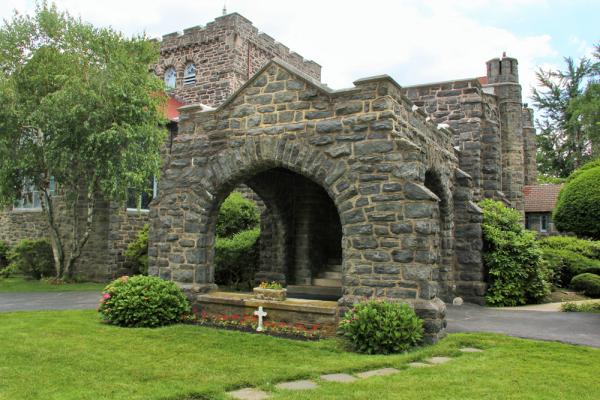Commerce in Overbrook
Part of
From the late-17th to the mid-19th century, Overbrook was home to agricultural estates and water-powered mills. By the turn of the twentieth century, it was a residential section of the city dominated by Overbrook Farms, with business activity concentrated along 63rd Street above Lancaster Avenue.
From the late-17th to mid-19th century, the area that became Overbrook composed agricultural estates and grist, saw, and paper mills that were powered by the area’s abundant streams. In the late-19th century, as Overbrook transformed into a residential neighborhood dominated by Overbrook Farms, its commercial activity was concentrated primarily along 63rd Street, near the Pennsylvania Railroad’s Overbrook Station. Retail operations, restaurants, and professional services opened on the street; the first apartment building arrived in the early 1900s.
The urban-watershed historian Adam Levine neatly summarizes the bounty of natural resources available to Overbrook farmers and mill operators from the late-17th to mid-19th century: “The land, once cleared of trees, proved to be fertile farmland. The small streams, once dammed, provided power for numerous mills. Grist mills ground grains into flour and meal. Saw mills took the trees cleared from the land and turned them into lumber, for local buildings and those in the nearby city. Paper mills and gunpowder mills were also in operation along the local creeks for a time. In the 19th century, with the coming of the Industrial Revolution, textile factories were built that employed hundreds of men, women, boys and girls. Even after these factories converted to steam power by the mid-19th century, they still used the creeks as sources of water for their bleaching and dyeing operations, as receptacles for their wastes.”[1]
At the turn of the 20th century, Overbrook’s commercial activity was concentrated primarily along 63rd Street in Overbrook Farms. At that time, 63rd Street was a dirt thoroughfare that paralleled the Pennsylvania Railroad (PRR) tracks. The PRR’s Overbrook Station fronted 63rd Street near City Line Avenue; its location was the catalyst for small business development; until 1917 the station also served as the Overbrook Farms post office.
Opened in 1894, Lafferty’s Market, near the Overbrook Station, was Overbrook Farms’ first commercial building, with space allocated for community gatherings on the second floor. Complementing the Revivals motifs of Overbrook Farms’ houses, Lafferty’s was a “Pompeian brick Italianate-style structure.”[2]
“Businesses that came after Lafferty’s were the Hines bakery, Herald’s Livery Stable, and “eventually . . . restaurants, large apartment buildings, medical and dental offices, and real estate and service offices.”[3] In 1909, the Drexel Apartments of Overbrook, built in the Tudor Revival style, opened at 6301–15 Overbrook Avenue opposite the Overbrook Station.[4]
Built in 1893, the Overbrook Steam Heat Company provided a commercial service that was unique to Overbrook Farms: a centralized heating system that “eliminated polluting high-maintenance coal-fired furnaces in homes and reduced the number of servants necessary to assist the household.” Located just off Woodbine Avenue adjacent to the PRR tracks, this plant generated and distributed steam via a protected-pipe network into the cellars of the Overbrook Farms homes.[5]
